|
A corner of the tunnel is awaiting restoration. Photo: Nguyen Khanh |
TP - Two basements in the Imperial Citadel, which were once used to translate codes and transmit orders from the General Staff during many years of resistance against the US, will soon be put into operation to serve tourists.
Two top secret bunkers
The Thang Long-Hanoi Heritage Conservation Center invited a number of scientists , military representatives and especially witnesses who worked in the two tunnels to discuss the two tunnels 59 and 66 in the Central Area of the Thang Long Imperial Citadel. The tunnels were temporarily named by the Center according to the year of construction. Colonel Dang Phan Thai, an engineer who designed the T1 tunnel, confirmed that in the Imperial Citadel heritage area, there are three main tunnels: D67 tunnel, which is currently welcoming guests, the T1 tunnel platform and 69A tunnel, in addition to many other smaller tunnels as well as individual bomb shelters densely packed in the citadel.
Basement 59 is the office of the General Staff, Basement 66 is where the cryptography department translates and transcodes thousands of telegrams sent from the General Command to all battlefields.
Witnesses revisit the old cellar. Photo: Nguyen Khanh
Colonel Dao Cong Manh, Deputy Director of the Cipher Department of the General Staff, when reviewing the role and activities of the Cipher Department at the General Headquarters during the resistance war against the US to save the country, did not forget to mention the cipher bunker used when US planes bombed Hanoi . The bunker was 4-5m deep, with two compartments each about 5m2, equipped with a lighting system and underground electricity to serve the code translation activities. 1972 was the peak of the battle of wits with the US, the number of telegrams increased dramatically, before that, the on-duty shift was allowed to sleep for about an hour with a mosquito net at the table, but at this time, there was almost no rest.
Lieutenant Colonel Bui Thi Nghien recalled: During the 12 days and nights of "Dien Bien Phu in the air", she was assigned to work in the basement of the Ministry of National Defense Office (Bunker 59). This was the workplace of the typing and printing department of the Ministry of National Defense - General Staff, typing official dispatches, instructions, orders, and decisions of the Ministries sent to the battlefield. During this campaign, Ms. Nghien was the only typist, so it was very hard, sometimes falling asleep on the table, in her dream she still heard her superiors say "let her sleep for a while". The bunker had three exits, and the staff mainly went down through the Dragon yard exit.
Major Nguyen Van Khoi, former officer of the Cipher Department, General Staff, said that during the 12-day-night campaign in 1972, the code room moved down to the bunker because B52s roared all day. The bunker was less than 20 square meters, and at night there were usually 12-15 people in the bunker, living on the spot. The electricity situation increased so much that each shift was almost 12 hours long, as tense as a bowstring. "I remember one night, Ms. Ly lay under the table and cursed: Hieu, you're sticking your legs in my face. In the other bunker, the three of us lay upside down on a small wooden bed," Mr. Khoi recalled.
How to "declassify"
Chairing the discussion with Associate Professor Dr. Nguyen Manh Ha, Associate Professor Dr. Tran Duc Cuong, President of the Vietnam Historical Science Association, suggested a series of things to do: Reconstruct the original design, carefully evaluate the documents from the original name, and return the original display of each cellar. "The principle of the museum is to only display real artifacts, the Center needs to pay attention to collecting original artifacts to put in," Associate Professor Dr. Cuong said. Sharing the same opinion, Associate Professor Dr. Nguyen Manh Ha, former Director of the Institute of Party History, said that when the relics are already there, attention should be paid to vivid personal stories to attract viewers.
Mr. Nguyen Chien, former head of the Central Cipher Committee (Government Cipher Committee) was a bit sad when he revisited the old bunker because "the soul is gone". "With current technology, especially 3D technology, we can recreate and simulate the entire bunker", he said. A witness who used to work at the General Headquarters also shared the same sentiment, according to him, the Imperial City should have been crowded. Putting these secret bunkers into operation is also a way to attract tourists. He said that it is completely possible to restore the original state, so that visitors can visualize how information "flowed" in the past. Witness Nguyen Van Song, former officer of the Cipher Department, proposed to re-study the function of bunker 66, while paying attention to the personal bunkers with the role of protecting people in difficult times.
Master Pham Kim Ngan and Associate Professor Dr. Nguyen Van Huy (Center for Research and Promotion of Cultural Heritage Values) dissected four outstanding values of the underground tunnels in the Imperial Citadel: Important historical evidence, containing a lot of information, especially the value of memory heritage and intangible heritage, the tunnel has the value of arousing curiosity and the tunnel is an interesting experience environment. Comparing with a series of famous tunnels such as Hitler's tunnel in Berlin, Stalin's in Moscow, Churchill's in London and the famous tunnel system of Vietnam such as General Vo Nguyen Giap's tunnel, De Castries tunnel, Cu Chi tunnels, Ms. Ngan said that the two new tunnels in the Imperial Citadel can completely become attractive tourist attractions.
The solution to turn the two degraded basements into tourist attractions is now within reach: The Center needs to restore the basements in the most honest way, displaying the interior vividly with a system of accompanying artifacts, combined with recorded stories of historical witnesses. Some historical witnesses affirm that there are many valuable telegrams that can become exhibits, relying on the help of the Ministry of National Defense and the General Staff.
Mr. Tran Viet Anh, Director of the Thang Long-Hanoi Heritage Conservation Center, said that when they were first discovered, the two basements were flooded, full of snakes, and artifacts related to the translation work were no longer available. The Center hopes to complete the records and documents to have a basis for restoring the two basements to their original state. The infrastructure system of the Ho Chi Minh era is closely linked to the world heritage site of the Thang Long Imperial Citadel, so the value of these works cannot be ignored, Dr. Tran Viet Anh said. The Center's leaders determined to continue to collect opinions and documents to clarify the value of the system of works built from 1955 onwards.


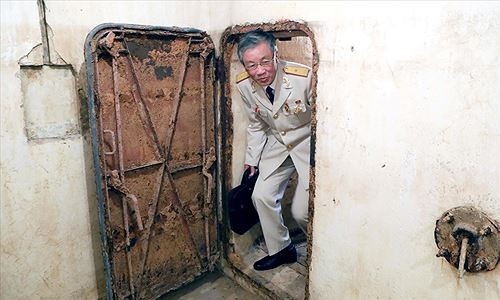
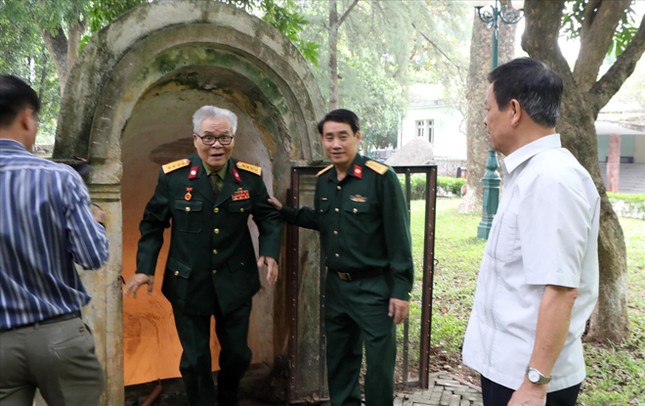


![[Photo] Binh Trieu 1 Bridge has been completed, raised by 1.1m, and will open to traffic at the end of November.](https://vphoto.vietnam.vn/thumb/1200x675/vietnam/resource/IMAGE/2025/10/2/a6549e2a3b5848a1ba76a1ded6141fae)





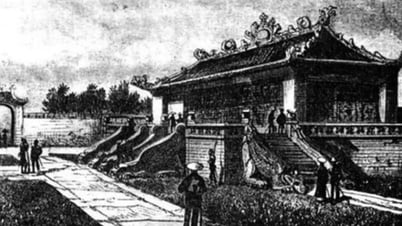

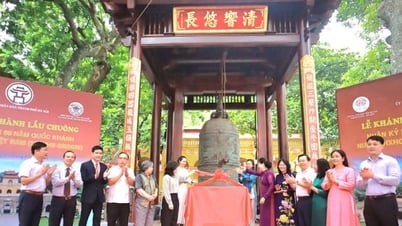

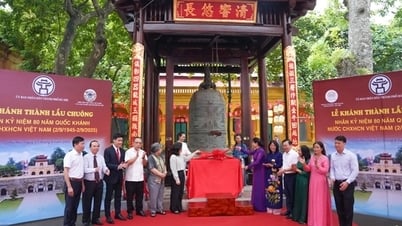

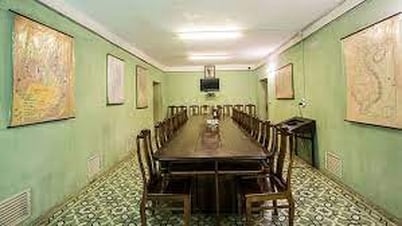
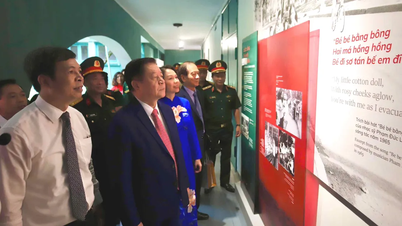



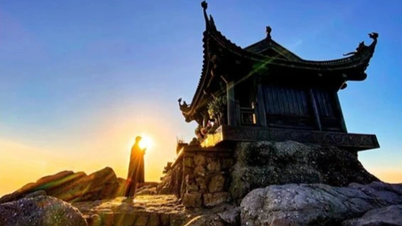












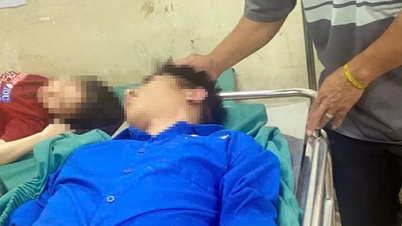
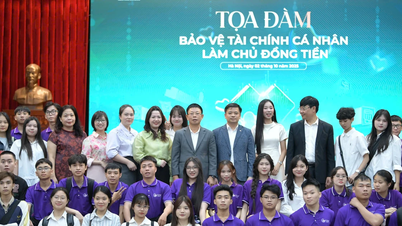

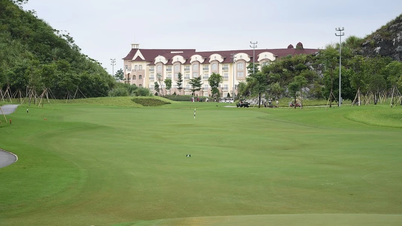





































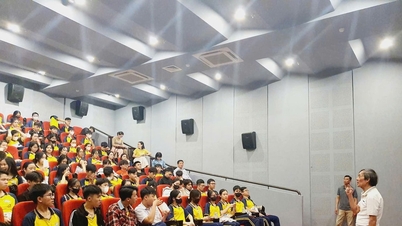



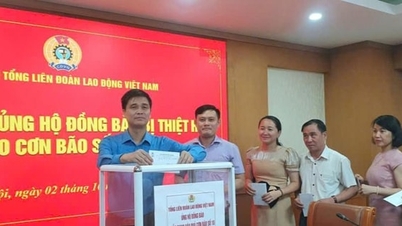
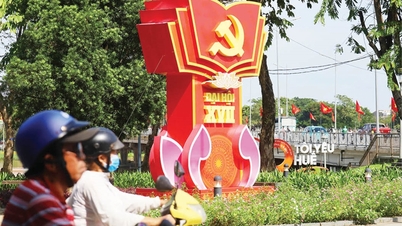

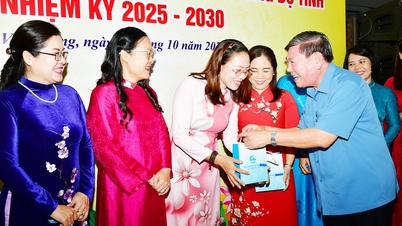

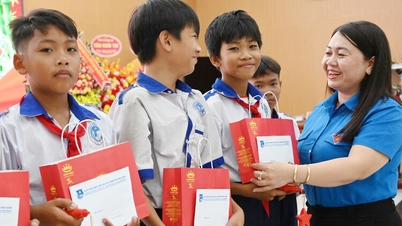













Comment (0)